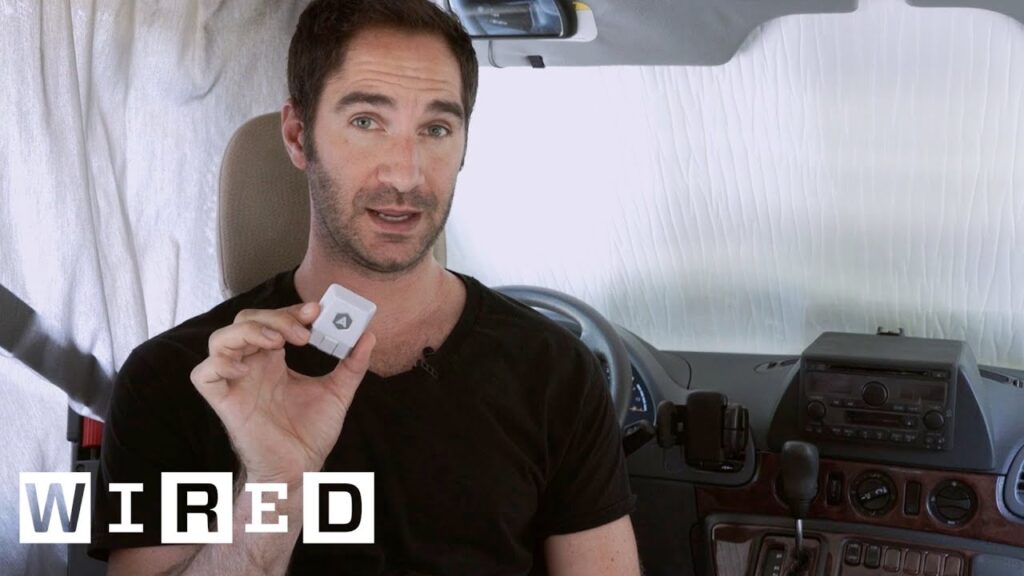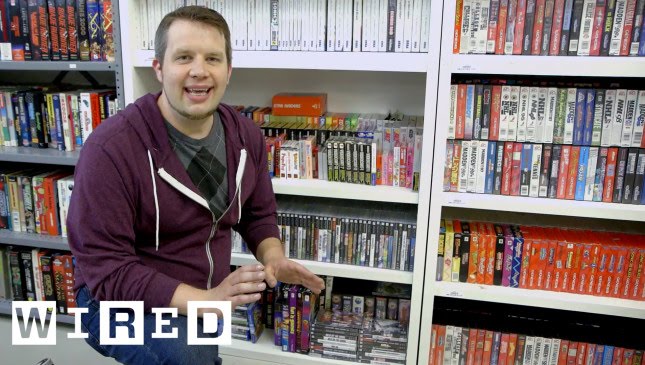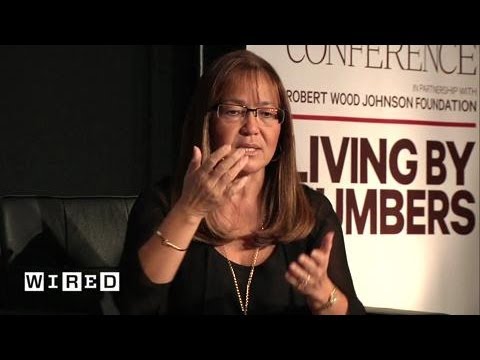Tesla’s Powerwall: The Future of Home Energy Storage
Summary
Tesla, under the leadership of Elon Musk, launched its energy storage solution, Powerwall, as a solution to solar energy storage. The product could change how the world stores and consumes energy. It is a lithium-ion battery, larger than its competitors, which makes it durable and long-lasting. It comes with two options, 7 kWh for daily power needs and a 10 kWh version for backup power during outages. Although it has the potential to take homes off-grid, its high initial cost could be a barrier for some consumers. This article examines the product, its benefits, and limitations.
Table of Contents
- What is Tesla’s Powerwall?
- How does it work?
- Can it save money for homeowners?
- How environmentally friendly is the product?
- Is Powerwall practical for all homes?
- Conclusion
Q&A
What is Tesla’s Powerwall?
Tesla’s Powerwall is a home energy storage solution, launched in 2015 by Tesla. It is a lithium-ion battery that stores excess energy generated by rooftop solar panels or traditional electricity grids during non-peak hours, to be used later when energy consumption is high. It comes in two versions, 7 kWh and 10 kWh. The 7 kWh version is priced at $3,000, while the 10 kWh costs $3,500.
How does it work?
Powerwall stores the energy generated from rooftop solar panels during the day or electricity supplied during non-peak hours. When energy consumption is high, such as during the evening or night, the stored energy in the Powerwall is used. It can be used as a primary source of power when off-grid and as a backup power source. Powerwall can be connected to the grid or used in conjunction with solar panels.
Can it save money for homeowners?
Powerwall has the potential to save homeowners money when used efficiently. However, the high initial cost and installation costs could be a barrier. The average household uses 30 kWh per day, which means to recoup the initial cost of $3,000 (for the 7 kWh version), it would take over eight years, assuming energy consumption and prices remained constant. Homeowners can save money if they live in areas with high energy prices and if they install sufficient solar panels to generate more energy than their homes use.
How environmentally friendly is the product?
Powerwall’s lithium-ion batteries are environmentally-friendly, as they do not have a carbon footprint. Since it stores energy generated from solar panels, it reduces reliance on traditional energy generation methods that produce greenhouse gases. Use of Powerwall also reduces the reliance on electricity from the grid.
Is Powerwall practical for all homes?
Powerwall may not be practical for all homes, particularly if one’s primary motivation is to save money. Users without solar panels may not find Powerwall cost-effective. However, homes in areas with frequent power outages can use Powerwall as a backup power source. Homeowners who prioritize energy independence or live in areas with high energy costs can use the product to save money in the long run.
Conclusion
Tesla’s Powerwall is a significant shift in the way the world handles solar energy. The product’s high initial cost is currently limiting its adoption, but it has the potential to revolutionize home energy consumption and storage. The product is environmentally-friendly and enables homes to rely on renewable energy sources. While it may not be the best solution for saving money in all areas, it can be an ideal solution for those who prioritize energy independence or live in areas with high energy costs.







